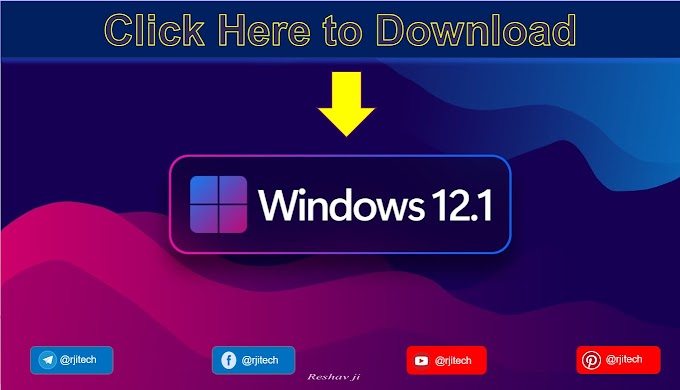
A newly discovered watering-hole campaign is targeting Apple iPhone
users in Hong Kong by using malicious website links as a lure to install
spyware on the devices.
According to research published by Trend Micro and Kaspersky, the "Operation Poisoned News" attack leverages a remote iOS exploit chain to deploy a feature-rich implant called 'LightSpy' through links to local news websites, which when clicked, executes the malware payload and allows an interloper to exfiltrate sensitive data from the affected device and even take full control.
Watering-hole attacks typically let a bad actor compromise a specific group of end-users by infecting websites that they are known to visit, with an intention to gain access to the victim's device and load it with malware.The APT group, dubbed "TwoSail Junk" by Kaspersky, is said to be leveraging vulnerabilities present in iOS 12.1 and 12.2 spanning all models from iPhone 6 to the iPhone X, with the attacks first identified on January 10, before intensifying around February 18.
According to research published by Trend Micro and Kaspersky, the "Operation Poisoned News" attack leverages a remote iOS exploit chain to deploy a feature-rich implant called 'LightSpy' through links to local news websites, which when clicked, executes the malware payload and allows an interloper to exfiltrate sensitive data from the affected device and even take full control.
Watering-hole attacks typically let a bad actor compromise a specific group of end-users by infecting websites that they are known to visit, with an intention to gain access to the victim's device and load it with malware.The APT group, dubbed "TwoSail Junk" by Kaspersky, is said to be leveraging vulnerabilities present in iOS 12.1 and 12.2 spanning all models from iPhone 6 to the iPhone X, with the attacks first identified on January 10, before intensifying around February 18.
Using Malicious Links as Bait to Install Spyware
Clicking the URLs lead the users to legitimate news outlets that have
been compromised as well as websites set up specifically for this
campaign (e.g., hxxps://appledaily.googlephoto[.]vip/news[.]html) by the
operators. In both situations, a hidden iframe is employed to load and
execute malicious code.
"The URLs used led to a malicious website created by the attacker, which in turn contained three iframes that pointed to different sites," Trend Micro researchers said. "The only visible iframe leads to a legitimate news site, which makes people believe they are visiting the said site. One invisible iframe was used for website analytics; the other led to a site hosting the main script of the iOS exploits."
"The URLs used led to a malicious website created by the attacker, which in turn contained three iframes that pointed to different sites," Trend Micro researchers said. "The only visible iframe leads to a legitimate news site, which makes people believe they are visiting the said site. One invisible iframe was used for website analytics; the other led to a site hosting the main script of the iOS exploits."

The malware in question exploits a "silently patched" Safari
vulnerability, which when rendered on the browser leads to the
exploitation of a use after free memory flaw (tracked as CVE-2019-8605)
that allows an attacker to execute arbitrary code with root privileges —
in this case, install the proprietary LightSpy backdoor. The bug has
since been resolved with the release of iOS 12.3, macOS Mojave 10.14.5,
tvOS 12.3, and watchOS 5.2.1.
The spyware is not just capable of remotely executing shell commands and taking full control of the device. It also contains a variety of downloadable modules that allow for data exfiltration, such as contact lists, GPS location, Wi-Fi connection history, hardware data, iOS keychains, phone call records, mobile Safari and Chrome browser history, and SMS messages. In addition, LightSpy targets messaging applications like Telegram, QQ, and WeChat to steal account information, contacts, groups, messages, and attached files.
A Surveillance Operation Targeting Southeast Asia
It is suspected the TwoSail Junk gang is connected to, or possibly the same, as the operators of "dmsSpy," an Android variant of the same malware that was distributed last year through open Telegram channels under the guise of Hong Kong protest calendar apps among others. "dmsSpy's download and command-and-control servers used the same domain name (revolution[.]club) as one of the watering holes used by the iOS component of Poisoned News," the researchers observed.Once installed, these rogue Android apps harvested and exfiltrated contacts, text messages, the user's location, and the names of stored files. "This particular framework and infrastructure is an interesting example of an agile approach to developing and deploying surveillance framework in Southeast Asia," Kaspersky researchers concluded.Trend Micro, for its part, suggested the design and functionality of the campaign aim to compromise as many mobile devices as possible to enable device backdooring and surveillance.
To mitigate such threats, it's essential that users keep their devices up-to-date and avoid sideloading apps on Android from unauthorized sources.







.gif)

Well you write 😎😎😎😎
ReplyDelete